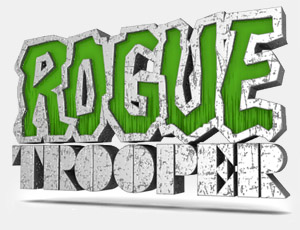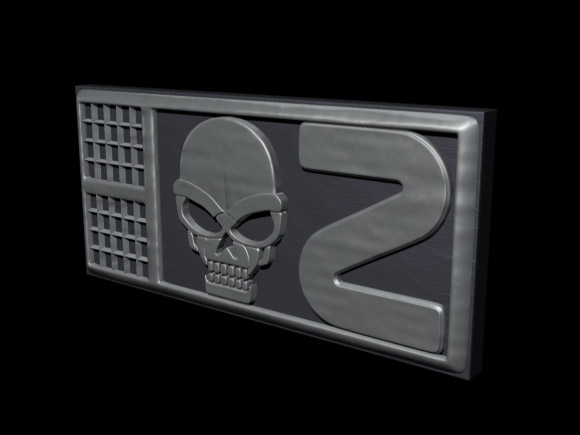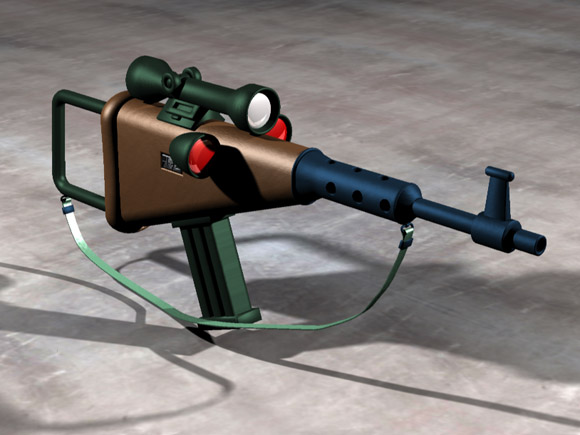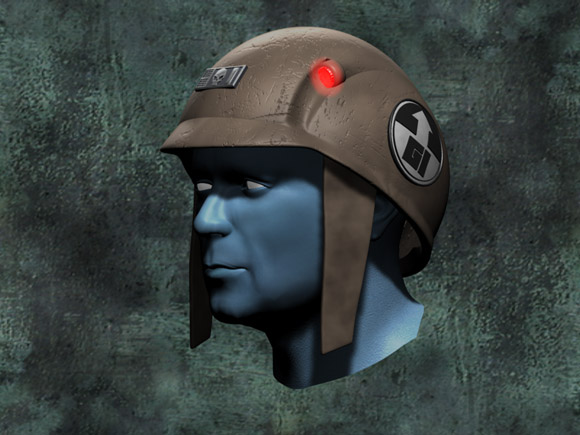
Rogue Trooper was introduced into 2000 AD apparently in response to readers' requests for more war stories. Over the years, the strip was changed quite radically several times, to the point where it ended up with a new lead character (with a new name: Fr1day), new backstory and new setting. In other words, a completely different strip (and at one point, the "new" Rogue met up with the original...)
In more recent years, Rogue Trooper reverted back to its original format, and was all the better for it. The strip was the basis of an excellent shoot-em-up game by Rebellion (who now also publish the 2000 AD group), which featured a BAFTA-nominated story by one of Rogue's stalwart writers, Gordon Rennie.
However, much as I enjoyed the original Rogue tales, I did have a few problems with some of the story's aspects...

Biochips were a key factor in the original Rogue Trooper tale. The biochips are like a back-up system for the GI's brain: when a GI was killed in battle his chip can removed, brought back to base and inserted into a new cloned body, thus preserving the GI's personalities and memories.
Once inserted and up-and-running, the biochips can talk and even control the equipment into which they've been put.

Unfortunately, the biochips only have enough power to keep going for one minute after the GI dies, Rather than giving them a bigger battery to combat this rather obvious limitation, the geniuses at Milli-com came up with the idea of inserting biochip slots into the GIs' equipment. One in the helmet, one in the backpack, and one in the gun.
This is Rogue's gun, Gunnar. The design has changed quite a bit over the years; this model is based on the original design by Dave Gibbons.

Rogue's talking helmet, Helm. See, Gunnar's biochip goes into Rogue's gun, Helm's goes into the helmet, and Bagman's goes into the backpack. Yes, I know, but those names are out there now and no amount of "Oh, for cryin' out loud!" is going to change that.
